BLOG
Learn Something More From Our Latest News
and the breath of that universal love which bears and sustains us, as it floats around us in an eternity of bliss .and then my friend, when darkness overspreads .

and the breath of that universal love which bears and sustains us, as it floats around us in an eternity of bliss .and then my friend, when darkness overspreads .
Written in poetic language, and embellished with paintings, The Red Book represents Jung’s most personal attempt to bring together verbal and non-verbal expressions of the unconscious, connecting the rational and non-rational aspects of his psyche.
The unconscious and the imagination can be understood as a region, an intermediate world between the physical and mental realms. The images that come to us portray the way the unconscious perceives situations from the inside.
To cultivate the soul is to cultivate images, for the psyche contains a multiplicity of symbols. Jung theoretically elaborated this imaginal composition as ‘The Objective Psyche.’
Jung’s return to his soul in The Red Book represents an important reversal of hierarchy in his thinking, namely, the ascendancy of imagination over reason. This did not mean that Jung abandoned reason altogether; on the contrary, it meant that imagination was a legitimate enterprise in which he put his intellect at the service of images. For him, the image was not a reflection of reality, but a primary phenomenon from which reality originated.
The Jungian Way logo uses the ‘path metaphor’ to illustrate the way of individuation in pictorial form. Images rising from the unconscious symbolically reveal, not only our current vision of the world and of ourselves potentially exposing internal problems but also contain germs of the future, suggesting the paths we might take or that which we may become.